Egor Klevak
The Semantic Reader Project: Augmenting Scholarly Documents through AI-Powered Interactive Reading Interfaces
Mar 25, 2023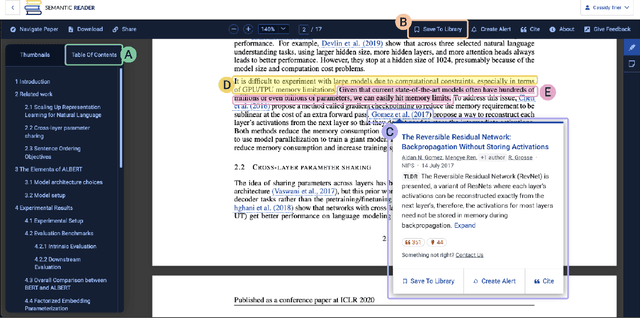
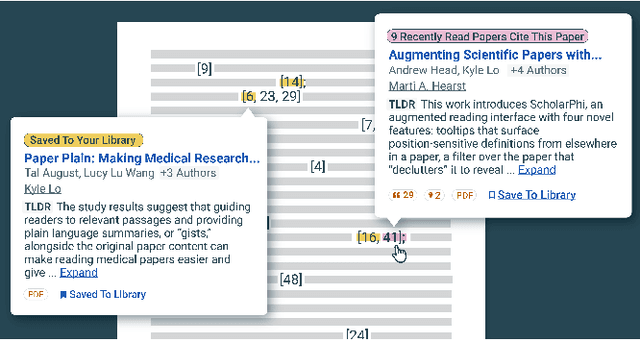
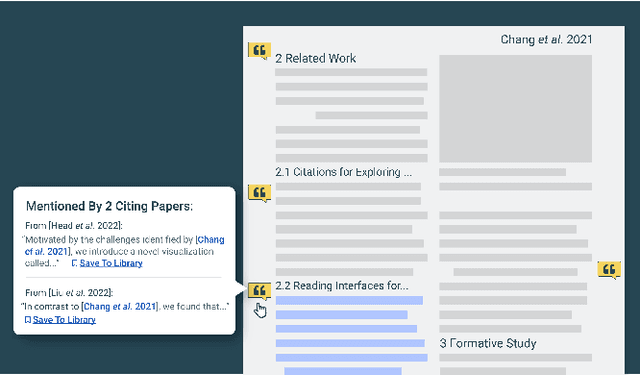
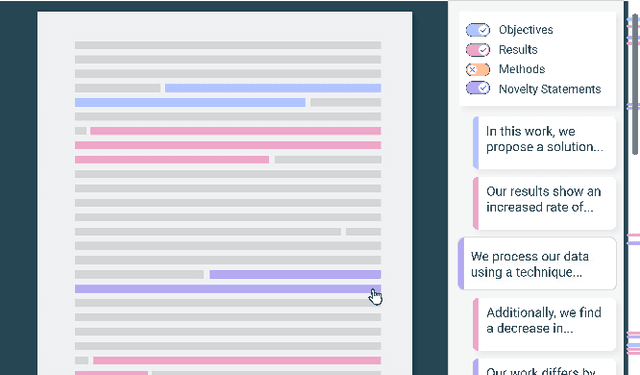
Abstract:Scholarly publications are key to the transfer of knowledge from scholars to others. However, research papers are information-dense, and as the volume of the scientific literature grows, the need for new technology to support the reading process grows. In contrast to the process of finding papers, which has been transformed by Internet technology, the experience of reading research papers has changed little in decades. The PDF format for sharing research papers is widely used due to its portability, but it has significant downsides including: static content, poor accessibility for low-vision readers, and difficulty reading on mobile devices. This paper explores the question "Can recent advances in AI and HCI power intelligent, interactive, and accessible reading interfaces -- even for legacy PDFs?" We describe the Semantic Reader Project, a collaborative effort across multiple institutions to explore automatic creation of dynamic reading interfaces for research papers. Through this project, we've developed ten research prototype interfaces and conducted usability studies with more than 300 participants and real-world users showing improved reading experiences for scholars. We've also released a production reading interface for research papers that will incorporate the best features as they mature. We structure this paper around challenges scholars and the public face when reading research papers -- Discovery, Efficiency, Comprehension, Synthesis, and Accessibility -- and present an overview of our progress and remaining open challenges.
Out-Of-Bag Anomaly Detection
Sep 20, 2020
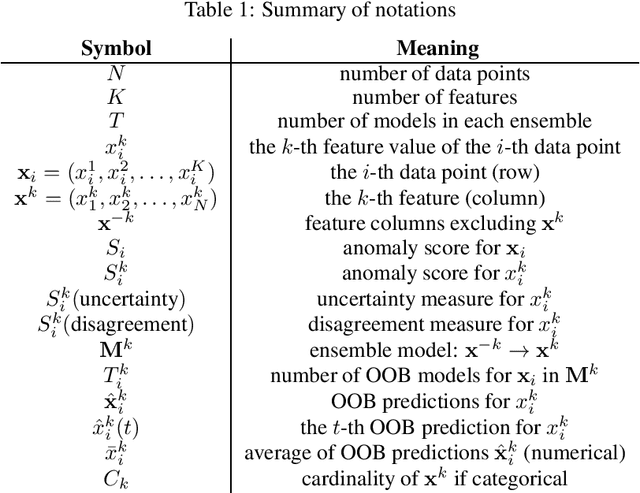
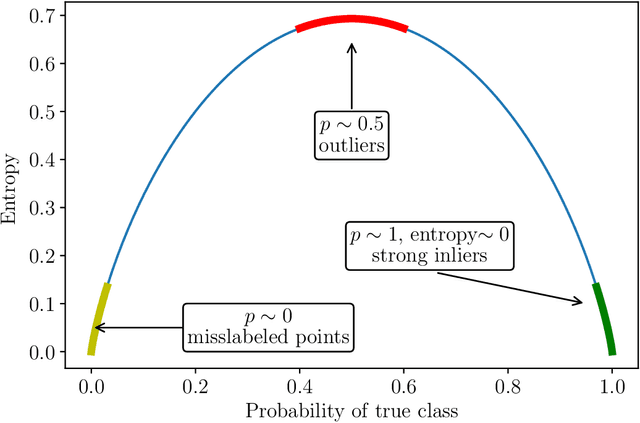

Abstract:Data anomalies are ubiquitous in real world datasets, and can have an adverse impact on machine learning (ML) systems, such as automated home valuation. Detecting anomalies could make ML applications more responsible and trustworthy. However, the lack of labels for anomalies and the complex nature of real-world datasets make anomaly detection a challenging unsupervised learning problem. In this paper, we propose a novel model-based anomaly detection method, that we call Out-of- Bag anomaly detection, which handles multi-dimensional datasets consisting of numerical and categorical features. The proposed method decomposes the unsupervised problem into the training of a set of ensemble models. Out-of-Bag estimates are leveraged to derive an effective measure for anomaly detection. We not only demonstrate the state-of-the-art performance of our method through comprehensive experiments on benchmark datasets, but also show our model can improve the accuracy and reliability of an ML system as data pre-processing step via a case study on home valuation.
 Add to Chrome
Add to Chrome Add to Firefox
Add to Firefox Add to Edge
Add to Edge